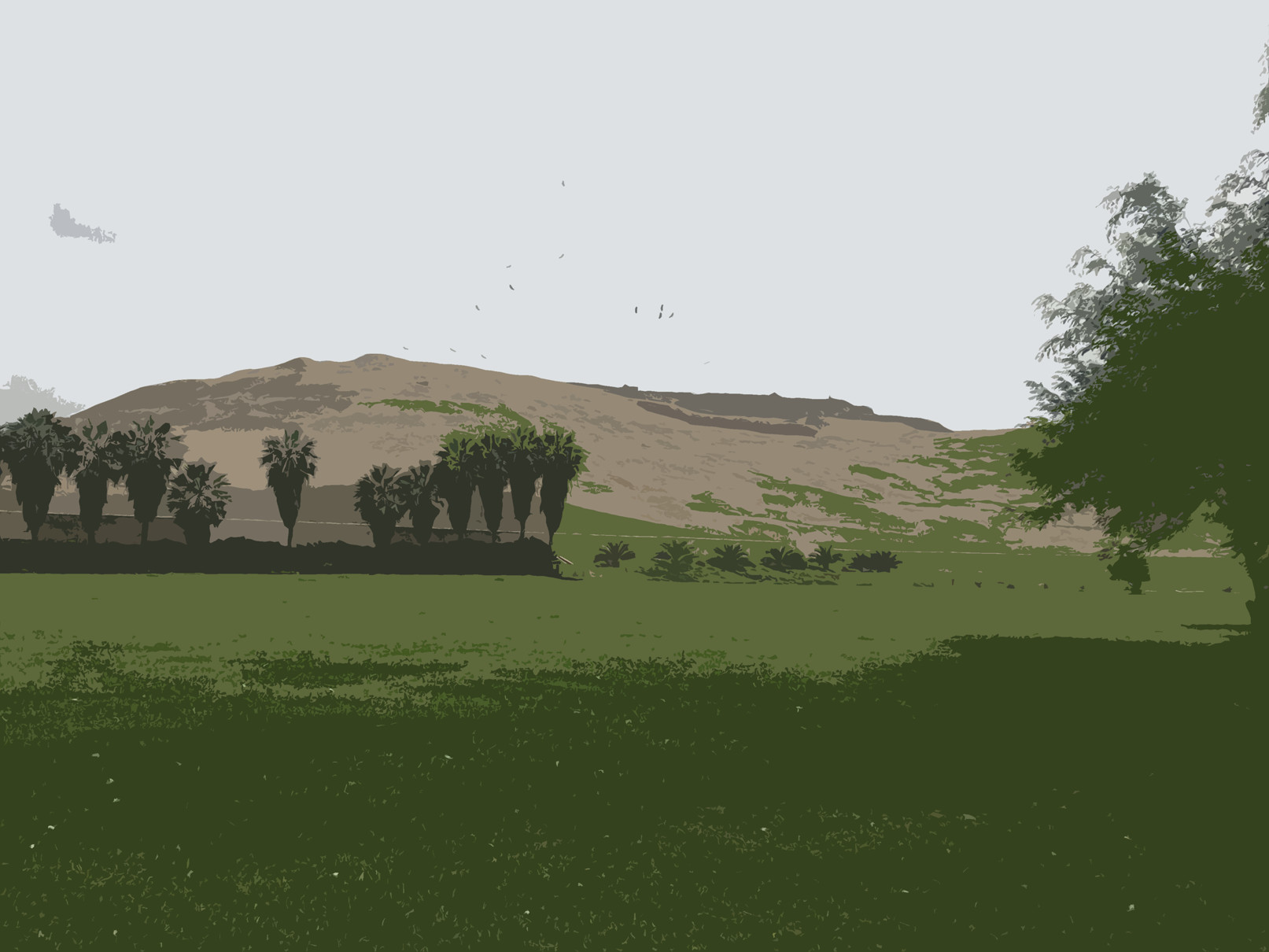The Meaning of "PACHACAMAC"
According to the Inca Garcilaso de la Vega, "PACHACAMAC" etymologically comes from two Inca words: PACHA, meaning world; and CAMAC, which means encouraging; and the God Doer PACHACAMAC means that/he who animates the world; and it is an invisible god, whose abstraction dates from earlier times to the Incas, and differs substantially from the anthropomorphic gods and those represented by the sun and the moon, characteristic of all contemporary civilizations developed in the southern hemisphere .







